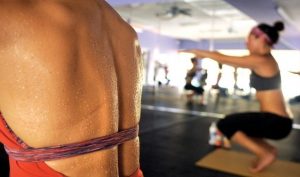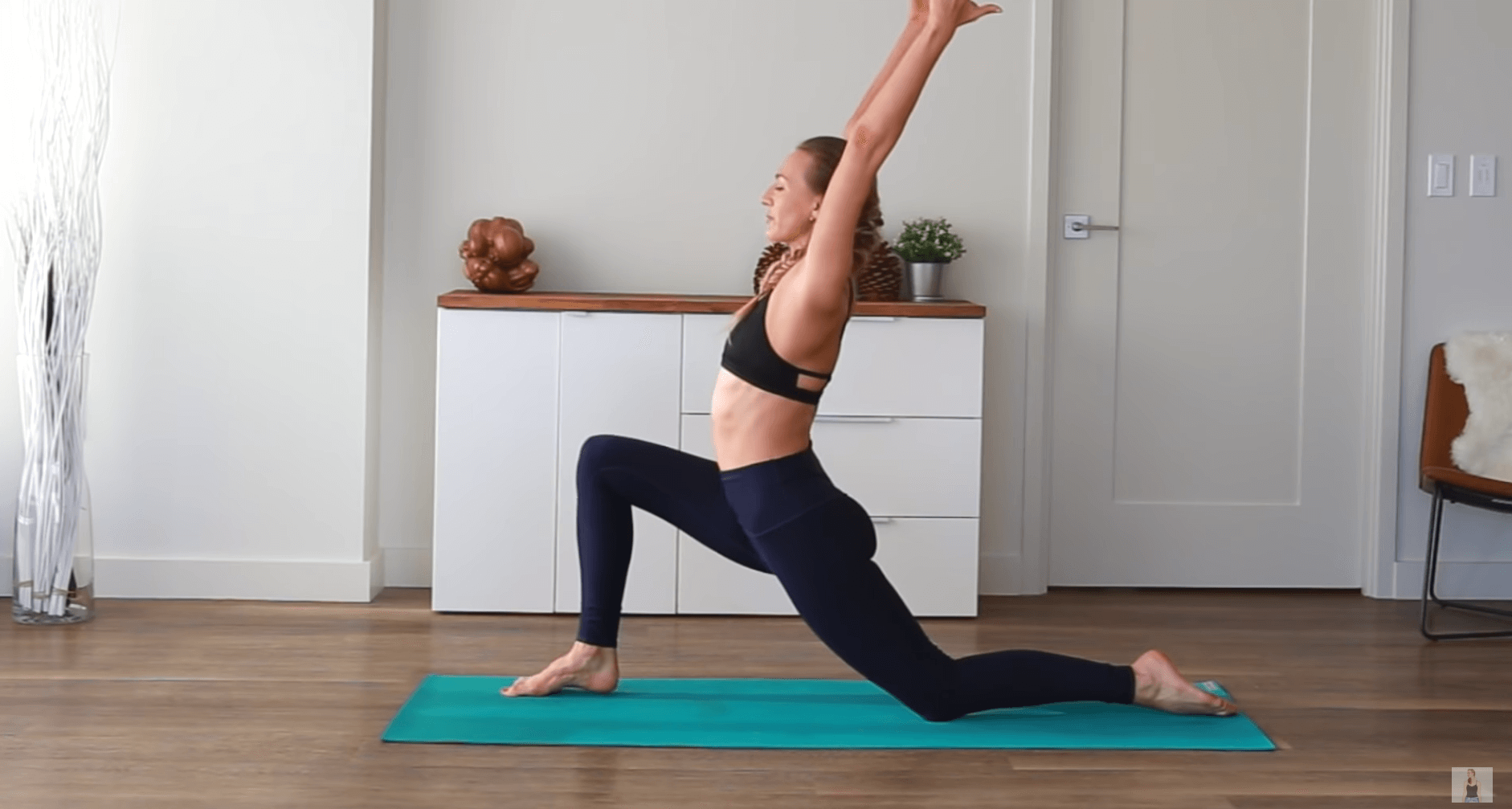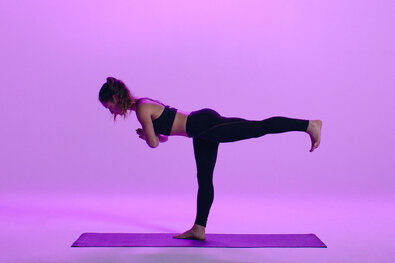
IBS can be managed with a variety of mind-body holistic therapies. One of these therapies is yoga. The benefits of yoga have been demonstrated both theoretically and clinically. In the proposed study, a randomized control design will be used to evaluate the impact of IY on the symptoms of IBS and on global improvement. The effect of IY will be evaluated on pain sensitivity and other psycho-spiritual and physiological mediators of IBS.
The baseline assessment of ANS arousal, cortisol and ANS arousal will be part of the study. Visceral sensitivity will also be assessed. The baseline assessments will include standardized questionnaires and laboratory visceral tasks. An experimental design with randomization will be used to evaluate the effects of yoga on cortisol and pain sensitivities. Also, the attrition rate between the two groups is also compared. Safety monitoring committee members will also participate. They will be given blinded reporting and bi-monthly summaries.

Few studies have explored the effects of yoga for chronic pain. The proposed study will present the first controlled trial of a group-based, yoga intervention for adolescents suffering from IBS. This study will be low in complexity and have minimal risk of adverse events. The study's results could be used to help with the insurance coverage for specific yoga programs. This study could also provide the basis for expanding research on yoga beyond just those who are enrolled in it.
Young IBS patients are an important group to study. They can range in age from adolescence until early adulthood. They are likely to face developmental and psychological problems such as IBS-related pain. Long-term pain is also possible for these young patients. This study will examine the ability of IY to improve the psychospiritual and clinical functioning of young IBS patients.
To test IY’s effect on cortisol or pain sensitivity, the study will use a random control approach. These two measures will then be compared against standard care controls. Regression analysis will also evaluate IY's effects on pain sensitivity. For the regression analysis, IY's effect on IBS symptoms will be calculated using Cohen and Cohen procedures. To identify global improvements, the residualized changes scores will be regressed onto each group.
The safety monitoring committee will also review the studies conducted. It will be necessary to review the biases involved in non-random drops-outs. The safety committee will meet with staff and health care providers to ensure that the study is well designed and safe. To ensure participation, they will also meet with the leaders of support groups. The safety committee will receive blinded reports and will request unblinded information from the study physician.

The proposed study is innovative and will help to improve our understanding of IBS. It incorporates both physiological and psychospiritual mechanisms of action. It will be tested whether IY affects IBS symptoms via a randomized control design.
FAQ
Are yoga mats expensive?
A yoga mat of high quality can cost between $20 and $100 depending on its size, material, and type.
What's the difference between pilates and yoga?
Both pilates and yoga are great workout programs, but they have different methods. Both are based around stretching, but yoga is more focused on challenging your core muscles to build strength.
Pilates emphasizes strengthening your core muscles, and improving your balance. It is important to remember that pilates can be complemented by yoga.
Can yoga be used to manage pain?
Yoga may be an effective treatment for people who have chronic back pain. It improves flexibility, balance, strength and stress management.
Before starting any type of exercise program, it is important to check with your doctor.
What kind music is played at a yoga studio?
Many yoga studios play soft instrumental music during class. This is done in order to foster learning.
Some studios prefer upbeat music like hip-hop, jazz and rock.
Be mindful of what you listen to. Sometimes music can distract us from our practice.
What do I need in order to practice yoga?
To lie down, you will need a mat (some can be folded), loose clothing and a towel/blanket to place underneath your head.
Additionally, props may be needed for certain poses such as blocks or straps, bolsters/bolsters blankets or towels.
However, in general, you don't need any other things. To start yoga, you must be motivated to make positive changes in one's life and willing to put in the effort.
Who would get the greatest benefit from yoga?
People who seek to improve their quality and health through yoga are their target market. People who want to improve their flexibility, balance, and posture.
They may also be interested in losing weight or gaining muscle mass. They might also be interested reducing stress and anxiety to achieve peace of head.
Some disabilities are: arthritis, back issues, diabetes heart disease, high bloodpressure, insomnia, migraines and obesity. For these people, yoga is particularly beneficial.
What is the average time it takes to learn yoga?
Yoga is a lifelong process that requires dedication, patience, and perseverance. Everybody learns new things at his/her own pace.
Accordingly, it doesn't matter how old you are. You can master any type of yoga routine if you put in enough effort and are willing to work hard.
Statistics
- Lock in 25% off your Founding Member rate. (corepoweryoga.com)
- About one in seven U.S. adults practiced yoga in the past 12 months, according to a 2017 national survey. (nccih.nih.gov)
- According to the Agency for Healthcare Research and Quality, falls are incredibly common among older adults in nursing facilities. Even the simplest ones can increase the risk of death (24). (healthline.com)
- The people in the yoga group were 37 percent more likely to have quit smoking by the end of the 8-week program. (nccih.nih.gov)
- Start your Fall off right with 20% off All Access Membership when you sign up by 9/25! (corepoweryoga.com)
External Links
How To
Yoga can help menopause symptoms
Yoga is an ancient tradition that originated from India. It emphasizes stretching, breathing, and meditation. It has been used over thousands of year to stay fit. Recently, it has become increasingly popular as people seek alternative ways to keep healthy and active during periods of stress and illness.
Yoga is based around using physical postures (asanas) to stretch muscles, improve posture and increase flexibility. This helps to reduce tension and build strength.
There are many types of yoga: Hatha, Vinyasa flow and Bikram. Each type focuses specifically on one aspect of the body like breath, stretching, relaxation, and meditation.
All forms of yoga have the same goal: to restore balance within the body as well as the mind. Yoga offers many benefits including better fitness, weight loss (weight loss), improved sleep quality and increased energy.
Many studies have shown yoga to be effective in treating anxiety, depression and insomnia. However, there is little conclusive evidence of its effectiveness for other health issues such as menopausal symptoms.
Yoga not only makes you happier but also helps you relax and manage stressful situations. This can be useful for women going through menopause.
It is important that you know that yoga can cause soreness in the muscles after exercising. If you have concerns about your current condition or are unsure whether you would benefit from yoga, speak to your doctor before starting.